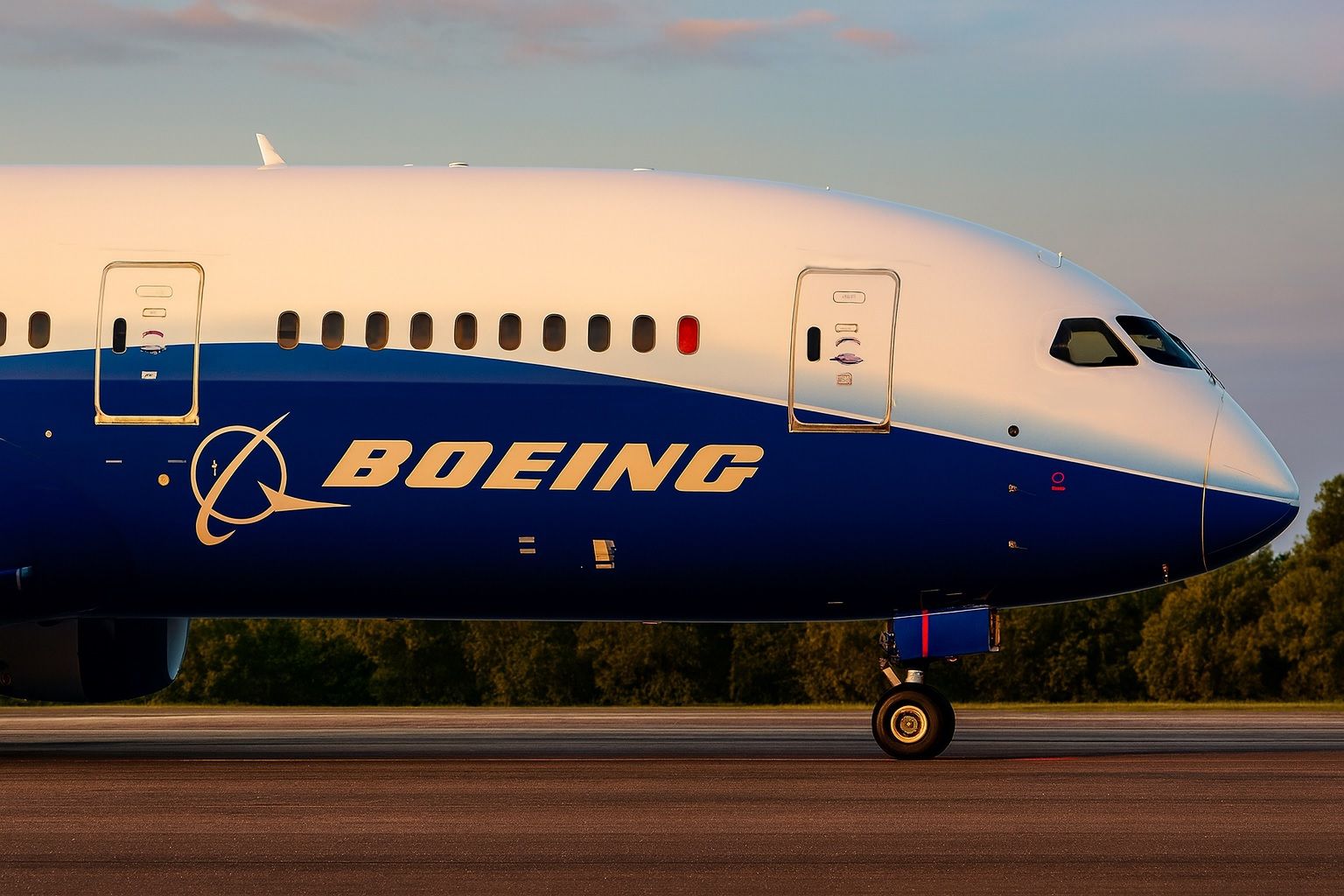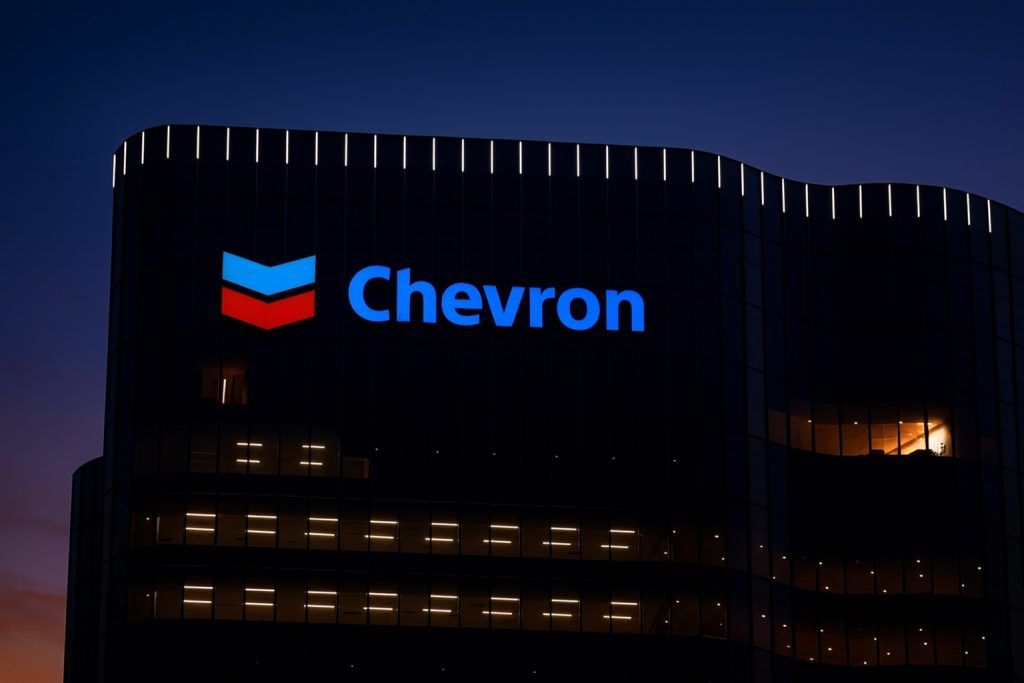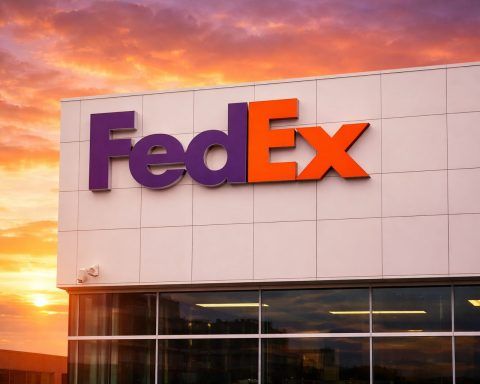- FAA Production Cap Lifted: On Oct 17, 2025, U.S. regulators approved raising 737 MAX output from 38 to 42 jets/month [1], relieving a two-year limit and paving the way for higher deliveries.
- Stock Reaction: Boeing shares closed around $212.94 on Oct 17, 2025 [2] (about $215 in after-hours [3]). Investors bid up BA after the FAA news: Reuters noted shares were up ~1.2% in late trading [4] (another report cited a ~1.5% jump) [5]. Year-to-date the stock has outpaced the market, surging roughly 46% over the past year [6].
- Major Orders & Bookings: Boeing recently secured huge aircraft deals. Uzbekistan Airways agreed to buy up to 22 Dreamliners (~$8.5B) and Turkish Airlines firmed 75 Dreamliners (plus options on 150 737 MAX jets) [7]. Talks are also underway for a possible “500-plane” sale to China [8] [9]. These orders, along with strong backlog (~5,900 jets, ~$619B [10]), underpin growth.
- Deliveries Accelerating: Boeing delivered 55 jets in Sept 2025 [11] (its best September since 2018), including 40 737 MAX (one marking the 2,000th MAX delivered). Through 9M 2025 Boeing handed 440 aircraft versus Airbus’s 507 [12], narrowing the gap as production stabilizes.
- Analysts & Targets: Wall Street is bullish. MarketBeat reports a consensus 12‑month price target of ~$240 (about +12–13% upside) [13]. 25 analysts rate BA as a “Moderate Buy” with targets ranging $140–$282 [14]. StockAnalysis similarly notes an average target of $240 [15].
FAA Approves Higher Output
In a major positive for Boeing, the FAA on Oct 17 announced it had “conducted extensive reviews” and would allow Boeing to ramp 737 MAX output to 42 per month [16]. Boeing immediately confirmed it would “begin boosting production quickly” [17]. Boeing CEO Kelly Ortberg had long said the company was “pretty confident” it could raise the rate to 42 by year-end [18], and after regulatory approval he outlined plans for subsequent increases in five-jet increments [19].
Tech investor site TechStock² noted the FAA news alongside other positives: “U.S. regulators cleared Boeing to boost 737 MAX output to 42 jets per month” [20]. As orders pour in and production speeds up, analysts expect Boeing to start realizing the revenue. Ortberg stressed that “increasing production is critical in getting Boeing back to being cash positive” [21] – a reversal after years of cash burn. He added that “financial performance will follow the production performance” [22], underscoring management’s focus on output growth as the path to profits. (Boeing estimates it will remain unprofitable in 2025 but “project a profit in 2026” [23], its first profitable year since 2018.)
Big Orders and Delivery Ramp-Up
The stock rally is also backed by fresh contracts. Uzbekistan Airways committed to up to 22 787 Dreamliners (~$8.5 billion) and Turkish Airlines placed a firm order for 75 787s (plus options for 150 MAX jets) [24]. TechStock² reports that these are part of “huge orders” announced in late Sept [25]. Boeing is even negotiating a landmark sale of “as many as 500” new planes to China [26], which – if concluded – would revive its biggest market.
Meanwhile, Boeing’s delivery pace has jumped. Reuters data show Boeing delivered 55 jets in September 2025 [27] (up from just 33 last year when a factory strike hit production). This included 40 737 MAX and a mix of wide-bodies and military variants [28]. Though still trailing Airbus (507 vs 440 through 9 months) [29], Boeing’s backlog is near record levels (about 5,987 aircraft [30]). Strong order flow continued into Q3: for example, Boeing reported 96 new orders in Sept [31].
Stock Reaction and Analyst Outlook
Boeing’s market performance has outshone the market. As of late Oct 2025, BA trades in the low $210s. Market analysis notes: “BA closed $221.26 on Sept 26, 2025, up +3.6% that day…Over the past 12 months BA has surged ≈+46%” [32]. Its 52-week range is roughly $129–$243 [33]. The stock briefly hit a 2025 high (~$242) in September before a mild pullback. In mid-Oct it hovered around $213 [34].
Analysts remain mostly bullish. MarketBeat reports 20 of 25 analysts rate BA a Buy, 3 Strong Buy [35], with a consensus price target ~$240 [36] (implying ~12–13% upside). This aligns with other forecasts: StockAnalysis.com also notes a consensus target ~$240 [37]. Recent analyst notes highlight improving fundamentals: e.g., Barclays’ David Strauss found the FAA news “surprising” and the shares dipped at the time [38]. Overall, Boeing’s Strong Buy consensus reflects expectations that higher deliveries and backlog growth will soon feed into profit.
Expert Views and Risks
Experts caution there’s still work to do. Bank of America analyst Ron Epstein emphasizes that Boeing must translate improvements into a sustained comeback, warning that “the biggest risk for Boeing… is do they end up becoming a great company again or just a mediocre company?” [39]. The company still carries heavy debt (~$53 B) relative to cash (~$23 B) [40], and managing that leverage will be crucial. Reuters notes analysts expect losses through 2025 but see profitability in 2026 [41], so the next few quarters’ execution is key.
Labor and regulatory issues remain in the background. A 75-day strike by 3,200 St. Louis defense workers has halted some fighter jet deliveries [42], though this affects Boeing Defense more than the commercial business. On safety oversight, Boeing faced a fine for 737 production violations earlier this month [43], but the partial restoration of its certification authority (for MAX and 787 planes) suggests regulators see progress. Geopolitical tensions also linger: the US-China trade war led to Chinese carriers briefly pausing Boeing deliveries in 2025. However, recent high-level talks have “cooled” earlier export threats [44] and U.S. officials tout a possible breakthrough 500-plane Chinese deal [45].
Outlook
In sum, Boeing stock is drawing positive momentum from FAA approval and blockbuster orders, which together underpin the delivery ramp-up needed for financial recovery. Key sources of confidence include the large backlog, improving cash flows, and bullish analyst targets [46] [47]. CEO Ortberg’s pledge to return to cash-positive status by late 2025 [48] [49] and ongoing supply-chain fixes bolster those forecasts. However, investors will watch closely for any new delays, cost overruns, or order cancellations. As one market analyst put it, Boeing’s road back depends on fulfilling its promises – “the market wants its jets” [50], and so far the trend is pointing upward.
Sources: Recent news reports and analysis from Reuters, MarketBeat, Nasdaq/Zacks, TechStock² (ts2.tech), and other financial outlets [51] [52] [53] [54] [55], among others. These detail Boeing’s Oct 2025 developments, stock performance, orders, and expert commentary.
References
1. www.reuters.com, 2. www.investing.com, 3. www.marketbeat.com, 4. www.reuters.com, 5. ts2.tech, 6. ts2.tech, 7. ts2.tech, 8. ts2.tech, 9. ts2.tech, 10. www.reuters.com, 11. www.reuters.com, 12. ts2.tech, 13. www.marketbeat.com, 14. www.marketbeat.com, 15. stockanalysis.com, 16. www.reuters.com, 17. www.reuters.com, 18. www.reuters.com, 19. www.reuters.com, 20. ts2.tech, 21. www.reuters.com, 22. www.reuters.com, 23. www.reuters.com, 24. ts2.tech, 25. ts2.tech, 26. ts2.tech, 27. www.reuters.com, 28. www.reuters.com, 29. www.reuters.com, 30. www.reuters.com, 31. www.reuters.com, 32. ts2.tech, 33. ts2.tech, 34. www.investing.com, 35. www.marketbeat.com, 36. www.marketbeat.com, 37. stockanalysis.com, 38. ts2.tech, 39. www.reuters.com, 40. www.reuters.com, 41. www.reuters.com, 42. ts2.tech, 43. www.reuters.com, 44. ts2.tech, 45. ts2.tech, 46. www.marketbeat.com, 47. stockanalysis.com, 48. www.reuters.com, 49. ts2.tech, 50. www.reuters.com, 51. www.reuters.com, 52. www.reuters.com, 53. ts2.tech, 54. ts2.tech, 55. www.marketbeat.com










